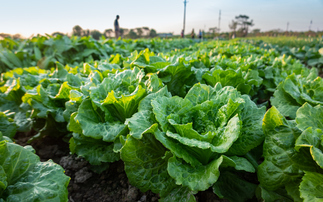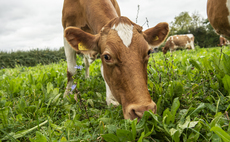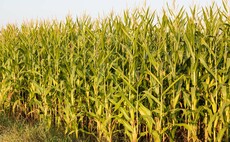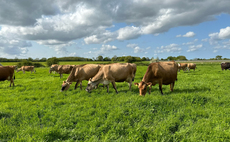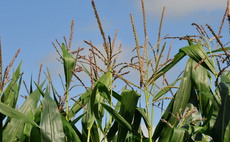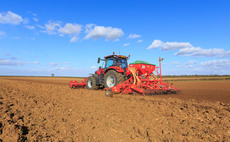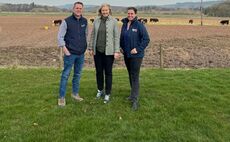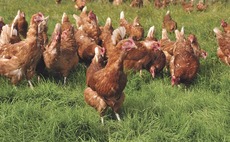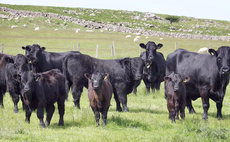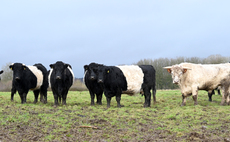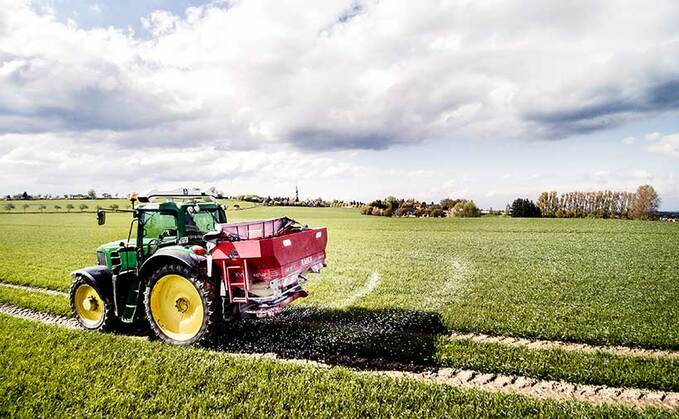
Upcoming legislation will govern the use of urea fertiliser
In 2024, the new stewardship programme for English growers governing the use of urea fertilisers is set to be implemented, which has been put in place to prevent future government legislation. This stewardship programme will be monitored as a new Red Tractor farm assurance standard.
The background to these changes is the government's Clean Air Strategy which committed to reducing ammonia emissions. While there are still a few grey areas to be ironed out, the stewardship programme states that between January 15 and March 31, uninhibited urea fertiliser, whether it be liquid or solids, can be used on your farm.
However, from April 1 onwards all fertilisers containing urea, whether liquids or solids, will need to be inhibited.
Getting the most out of the nitrogen applied to crops is important for on farm profitability and for sustainability and Limus®, BASF's registered dual-active urease inhibitor, can help with both.
__
Limus® will not only support growers with new urea-use guidelines coming into play in 2024, but also bring much wider benefits to crops, from the start of the fertiliser programme.
__
Protects urea-based fertilisers
__
We caught up with BASF business development manager Jared Bonner, to find out why Limus® is the go-to urease inhibitor of choice.
__
"Limus protects urea-based fertilisers, improving nitrogen use efficiency (NUE) by minimising nitrogen losses from volatilisation and ensuring optimal nitrogen is available to the crop," says Jared.
"The two urease inhibitors in Limus help stop the breakdown of urea into ammonia on the soil surface.
__
"If this process happens on the surface there's the potential for volatilisation, the loss of N to ammonia gas. We want the breakdown to ammonia, which plants need, to happen in the soil so they can use it.
__
"Volatilisation normally happens when conditions are warm and dry. The urea granule is hydroscopic and so pulls in moisture creating a water halo around it and this creates a spike in pH, when this happens the urea is broken down by the urease enzyme and it is this increased pH which causes ammonia gas to be formed and released.
__
"So there needs to be some moisture available when farmers use urea to get it into the soil because low rainfall, dry or drying soils, warm soil temperatures or high soil pH are the environmental conditions which can increase the risk of ammonia volatilisation and therefore nitrogen losses from both granular and liquid urea fertilisers.
__
"Limus inhibits the urease enzyme while the urea is on the soil surface, which gives time for the urea granule to get wetted down and taken into the soil where the enzymes can do their work."
___
Unique formulation
__
Sold as Limus® for solid urea fertilisers, and Limus® Perform for liquid urea, products are unique to the market as the formulation contains two urease inhibitors NBPT and NPPT.
__
"NBPT and NPPT are slightly different sized molecules so they can inhibit a larger part of the urease enzyme population. That's important because urease enzymes are ubiquitous, and there are a lot of different enzymes under that umbrella,." explains Jared.
_
BASF's formulation technology has increased the shelf life of granular urea treated with Limus®, which can now be stored for more than
_12 months in a closed bag, so farmers can carry it forward into next season safe in the knowledge that the product will still work.
__
 _
__
Limus® protected urea performs as well as ammonium nitrate fertiliser. BASF trials have shown there is no yield penalty from using Limus® protected urea when compared to ammonium nitrate.
_
"There is no yield penalty because you're not losing ammonia to volatilisation," adds Jared. "You're keeping it in the ground in the place where the plant can use it. This is important as farmers have been reassessing their N source because of the unprecedented factors that have been affecting the nitrogen market over the last 18 months.
__
"In lab tests under various different soil types volatilisation can be reduced up to 98%, and on average 83%.
__
"In the field across 93 trials again it's a consistently big reduction, an average of 70% and in some cases nearly a 100% reduction."
__
_In trial_In 13 winter wheat and winter barley Real Results trials conducted by BASF, and analysed by ADAS Agronomics across England, growers gained an extra £26.30/ha on average from using Limus protected urea rather than ammonium nitrate. Around £18/ha was saved through the lower cost of fertiliser, with a small yield increase pushing that to £26.30/ha. 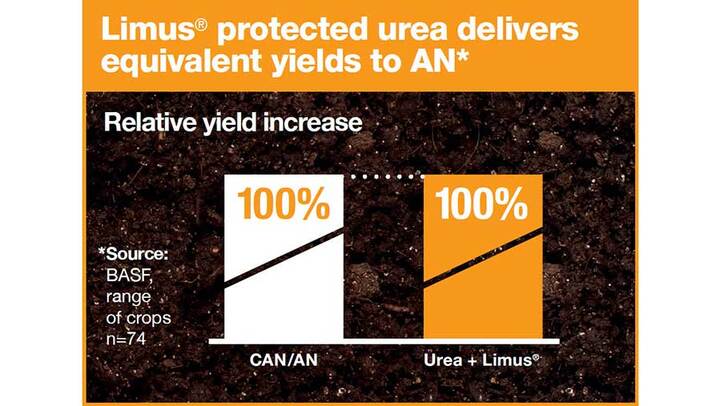
Similarly, Limus protected solid urea gives a 5% yield advantage on average over unprotected urea in BASF trials, while Limus Perform added to liquid UAN gives about a 4% uplift. "That 4-5% is more than paying for the extra cost of Limus additions," Jared concludes. 
|
Environmental benefits
From an environmental standpoint this large reduction in ammonia losses has considerable benefits.
Investigations by Rothamsted Research has shown that UK agriculture accounts for 87% of ammonia emissions, with inorganic fertiliser applications a significant source and as Jared explains:
"An appreciable part of that is from the volatilisation of ammonia into the atmosphere when urea fertilisers are applied."
For more information on Limus®, please visit
This post is funded by BASF.









